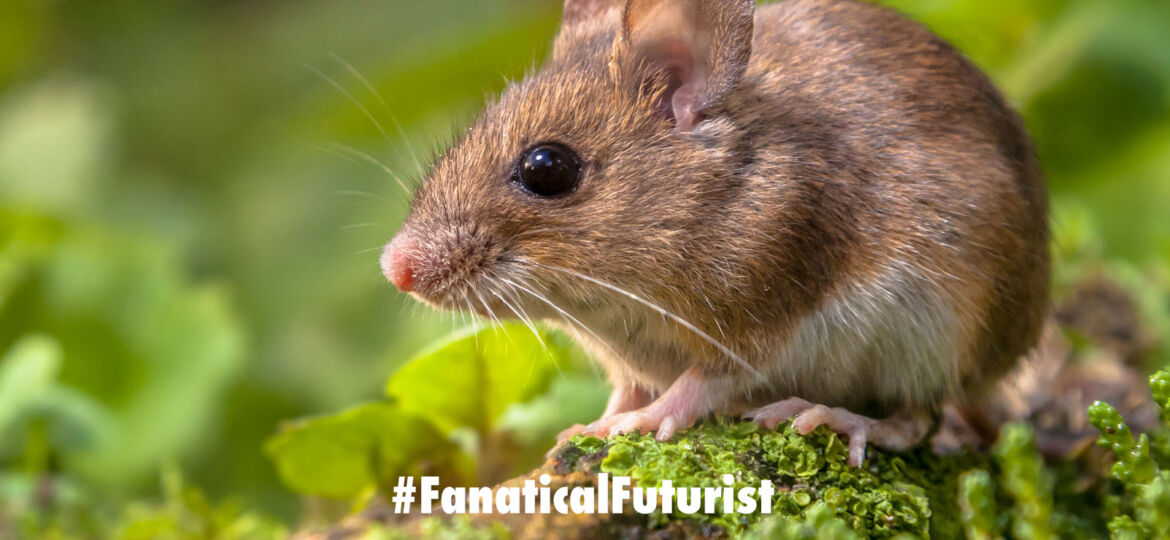
WHY THIS MATTERS IN BRIEF
When some animals loose a limb they can regrow them, and slowly we’re unlocking the secrets of mammalian regeneration.
 Interested in the future and want to experience even more?! eXplore More.
Interested in the future and want to experience even more?! eXplore More.
Recently teams in the US managed unlock the regenerative secrets of Zebra fish, re-activate the genes for whole body regeneration, and regrow severed frogs legs after they treated the frogs with what they called a silk bioreactor – essentially a cocktail of hormones and progesterone wrapped in a silk scarf. All world firsts.
And now in a new breakthrough in regenerative medicine researchers have discovered a pair of proteins that one day could help people regenerate limbs in much the same way that starfish and other animals do. When applied to amputated toes, the proteins encouraged both bone and joint growth in mice, but joints are structurally complex, so even for animals that can regrow their lost limbs they often struggle to regenerate their joints as well. However, in this case that’s exactly what happened and this makes the latest discovery remarkable.
Ken Muneoka at Texas A&M University in the US and his colleagues had previously regenerated bones in mice after they were amputated by treating the stump with a bone-growing protein, BMP2. But the joint structures never formed, and the team suspected that another bone growing protein, BMP9, could be essential in joint building. So they tried applying the protein to mice that had their toes amputated. After three days, over 60 per cent of the stump bones formed a layer of cartilage, as seen in joints, at the end of the bones.
The result was more effective when the team treated the wounds first with BMP2 and then BMP9 a week later. Not only did the bones regrow they also formed more complete joint structures with part of the new bones attached to them. Although the method doesn’t yet produce a full toe. But one day…
“Our study is transformational,” says Muneoka. He suggests this experiment proves that even though mammals can’t regenerate body parts, we have cells that know how to and what to grow.
“They can do it, they just don’t do it. So, we have to figure out what’s constraining them,” he says.
Because human skeletal structure is very similar to that of mouse, Muneoka says he is optimistic that one day we will be able to help amputees regrow their limbs. But many more studies need to be done before any trials in humans, he says.
Journal reference: Nature Communications, DOI: 10.1038/s41467-018-08278-4

















[…] https://www.fanaticalfuturist.com/2019/08/regenerative-medicine-breakthrough-regrows-mouse-toes/ […]